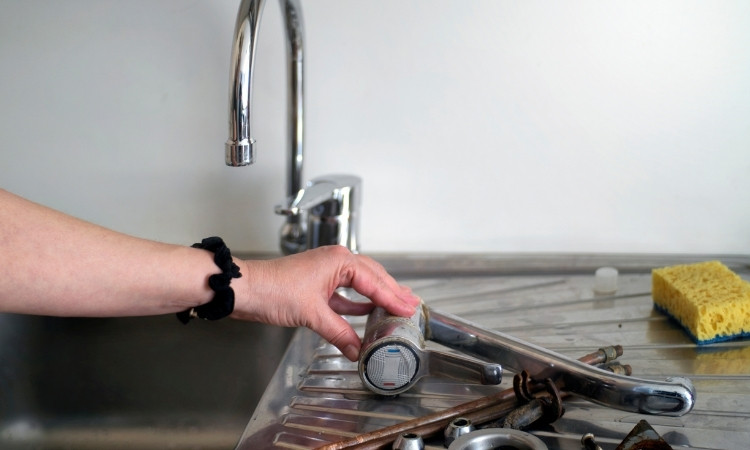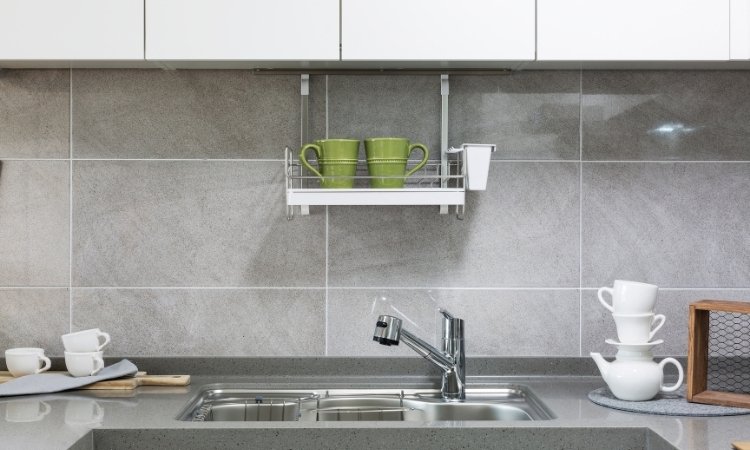Replace a kitchen sink in Singapore to quickly get a new and functional one. Installing a kitchen sink can seem daunting, especially for inexperienced users. Whether you are installing a completely new sink or replacing an old or broken one, this guide will give you a step-by-step guide on how to go about the process. With the right skills and a little bit of patience, you will have a working sink in time.
How to Replace a Kitchen Sink:
Here is the step-by-step guide to replace a kitchen sink :
1. Gather Your Supplies
You are going to need the following tools for kitchen sink replacement:
- New kitchen sink
- Plumbing tape
- Adjustable wrench
- Basin wrench
- Silicone sealant
- Bucket
- Rags or clean cloth
If you don’t have any tools in your house, you can buy new ones from your local hardware shop. Also, LS Plumber Singapore has decades of experience in services like kitchen sink repair, kitchen sink tap installation, and kitchen sink bottle installation.

2. Turn Off The Water Supply
The next step for replacing a kitchen sink is turning off the water supply to the sink. For this purpose, you must tighten the supply valves under the sink. You can also turn off the water from the basin’s main water supply pipe.
3. Remove The Connected Plumbing
Once you have turned the water supply off, place a bucket under the sink to catch any extra water. Use an adjustable wrench to loosen the wrenches on the connected pipes and disconnect them from the sink drain. Remove the trap (a U-shaped pipe) connected to the drain pipe during this process.
4. Remove The Old Sink
To remove a kitchen sink from its location, you must remove any clippings holding the sink in place. Remove any old sealant or caulk present around the sink edges before removing it from its place. Carefully lift and remove the old sink from its area. If the sink is stuck, you can use a utility or putty knife to pry the sink gently.
5. Install The New Sink
Before installing the new sink, clean the area properly and remove any dirt or debris. Apply a layer of plumber’s putty or silicone sealant at the countertop where the edge of the sink will sit.
Carefully put the new sink in its place, creating a seal with the applied putty. Once the sink is in place, secure it in position with the help of clippings or brackets and tighten them according to the manufacturer’s instructions.
6. Reconnect The Plumbing
The next step in replacing a kitchen sink is attaching the trap to the sink and waste drain pipes. Connect the sink drain pipe to the main drain pipe and the U-shaped trap. You can use Teflon tape around the pipe threads to ensure a tight and leak-proof fit. For added security, you can also use slip nuts around the pipes.

Once the sink drain is attached to the trap, connect the other end of the trap to the drainage pipes. Make sure to align the sink pipe and drain pipe, and trap and secure these pipes in position with the help of wrenches.
7. Test For leaks.
Once you have successfully connected the main water pipes to the sink, check the connection for any leaks by turning on the main supply and the faucet. If you notice any, tighten the connection a little bit at a time till the leak disappears. Once you are sure of a secure connection, open the faucet several times to check for smooth functionality.
Conclusion
We have discussed the complete process to replace a kitchen sink in detail. The whole business is simple, and you can do the job quickly with the right materials. However, some sinks and basins can be tricky to work around.
For these sinks, we recommend taking the help of professional plumbing companies. Kitchen sink replacement Singapore installation services throughout the country help with various plumbing issues.
